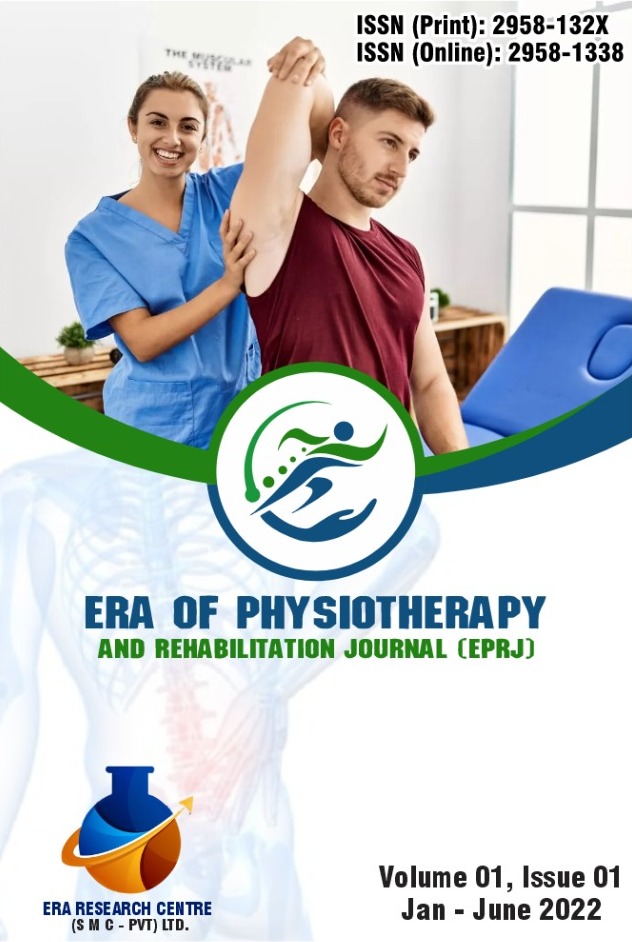Reliability Of Digital Goniometer for The Measurement of Acetabulofemoral Joints Range of Motion
Acetabulofemoral Joints Range of Motion
Abstract
Objective: The study aimed to measure the reliability of a digital goniometer to measure acetabulo-femoral joint’s range of motion.
Study Design: Cross sectional study
Setting: Data was collected from general population of Lahore.
Methodology: It was a cross-sectional study. After taking written consent and IRB from UOL, this study was conducted on healthy mid-age people of Lahore. Healthy males and females of above 18 years of age were included. People with lower extremity injuries, Amputated leg people, Total hip replacement (THR), Osteoarthritic patients, and post-traumatic hip pain were excluded. Internal consistency and test-retest reliability of digital goniometer was measured by using it on hip joint passively by the examiner.
Results: In this current study total of 87 participants included with a mean age of 41.57. In this study, 45(51.7%) males and 42(48.3%) females participated for the study. The table shows the internal consistency of the digital goniometer on flexion, extension, internal and external rotation (PROM) of the hip joint, which is significant as an ICC value indicates moderate reliability between 0.5 and 0.75.
Conclusion: The finding of this study concluded that internal consistency and test-retest reliability of digital goniometer are reliable. According to this study, Hip joint range of motion (PROM) can be calculated by using a digital goniometer.
Key Words: Digital goniometer, Hip joint, Internal consistency, reliability, Passive range of motion.



